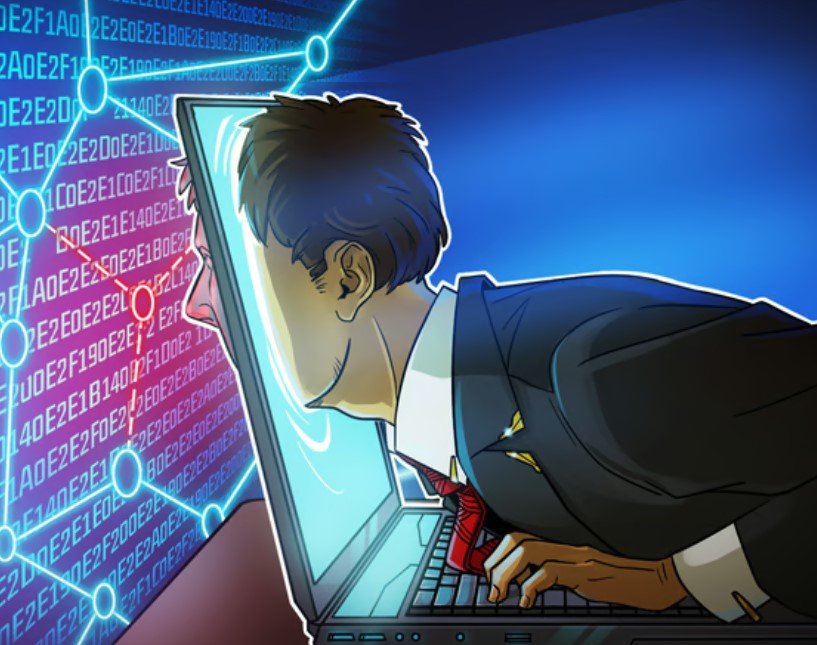- Cisco on Thursday launched HyperShield, a new security product that uses AI to protect applications, devices, and data across data centers, clouds, and physical locations.
- The move follows Cisco’s acquisition of Splunk, which the enterprise tech titan bought for $28 billion earlier this year.
Jeetu Patel, Cisco’s executive vice president, said HyperShield was designed with a new world of digital AI assistants like ChatGPT in mind.
The new security architecture product aimed at securing data centers, clouds, and other IT environments with the help of AI.
Called HyperShield, the product uses AI to protect applications, devices, and data across public and private data centers, clouds, and physical locations, according to a company press release..
“This is not a product, but a new architecture – the first version of something new,” Jeetu Patel, Cisco’s executive vice president and general manager of security and collaboration, told CNBC in an interview this week.
How it works
HyperShield serves as a “shield for security,” Patel said, explaining that it takes security directly to the things that need to be secured.
The technology acts like a “fabric,” rather than a “fence,” giving cyber workers better visibility of software vulnerabilities across applications, according to Patel.
The product has an autonomous segmentation feature aimed at helping businesses avoid vulnerabilities and breaches. It allows Cisco’s AI to divide a computer network into smaller parts to improve performance and security.
Another feature, called self-qualifying upgrades, lets organizations automate the process of testing and deploying upgrades.
Patel said organizations dealing with critical infrastructure — such as oil rigs, internet of things (IoT) devices, and MRI machines in hospitals — need to take particular care when upgrading their systems.
Designed with AI in mind
Patel said Cisco’s HyperShield technology was designed with a new world of digital AI assistants – like ChatGPT, Google Gemini, and other advanced tools – in mind.
“We’re moving from a world of scarcity to a world of abundance, with digital AI assistants for everything,” Patel told CNBC. “Those assistants live in data centres.”
“So when you consider the increase in requirements that this places on the data centre, and how we build for that, there is a need to rearchitect, not build more of the same,” said Patel.
He noted that a security architecture like HyperShield hadn’t been built previously because much of the architectures across the industry were created in a time when modern-day applications and technologies like generative AI didn’t exist.
It currently takes roughly four days for a network vulnerability to be discovered before it’s exploited, and the time taken to patch it is even longer at an average 45 days, according to Patel.
He said that new technologies like AI and machine learning are needed to identify and patch vulnerabilities to be compressed from days to minutes.
“Previously you had to work on the assumption that a breach had happened, [and that] once someone was in, there was lateral movement that you had to identify before you could respond,” Patel told CNBC.
“We need to move to a position where we can predict and respond.”



